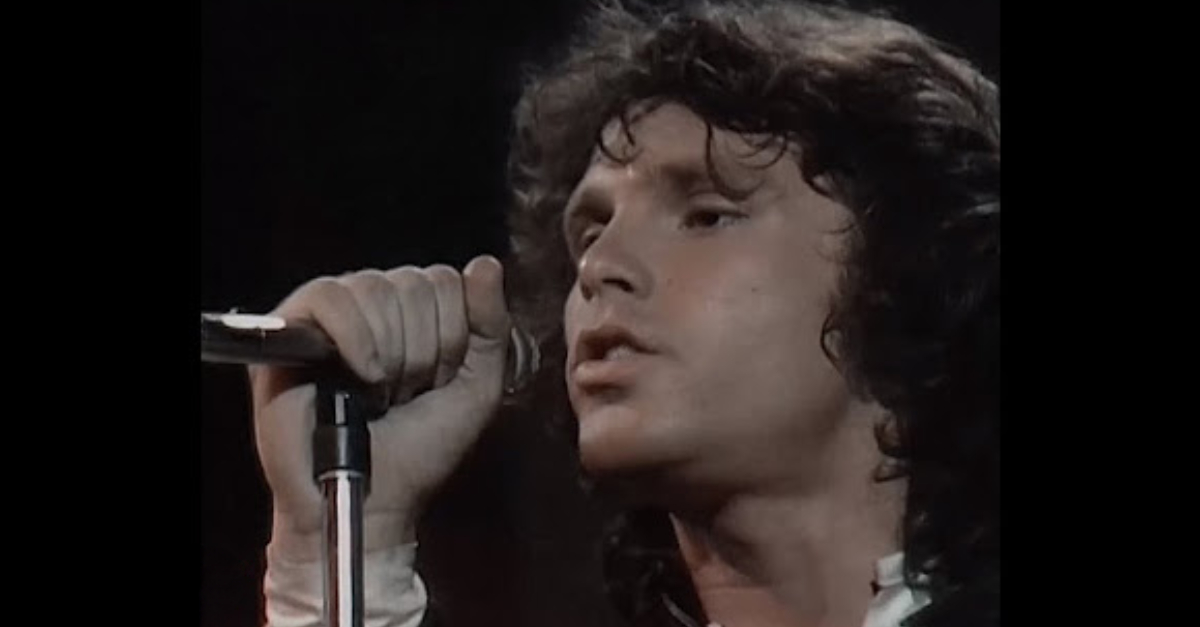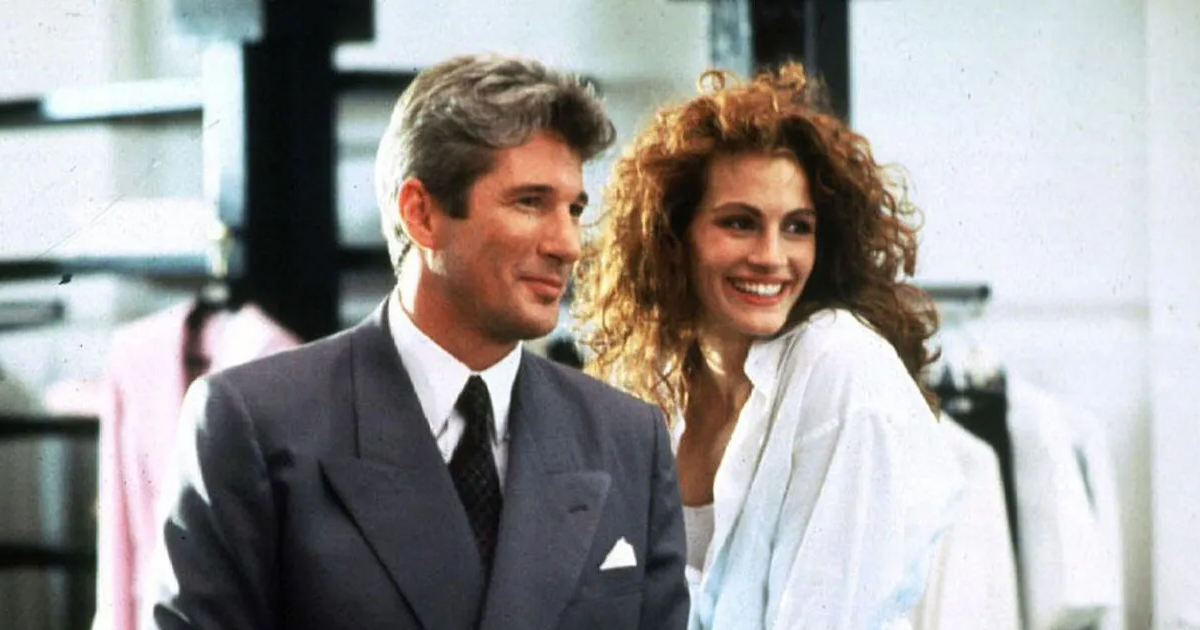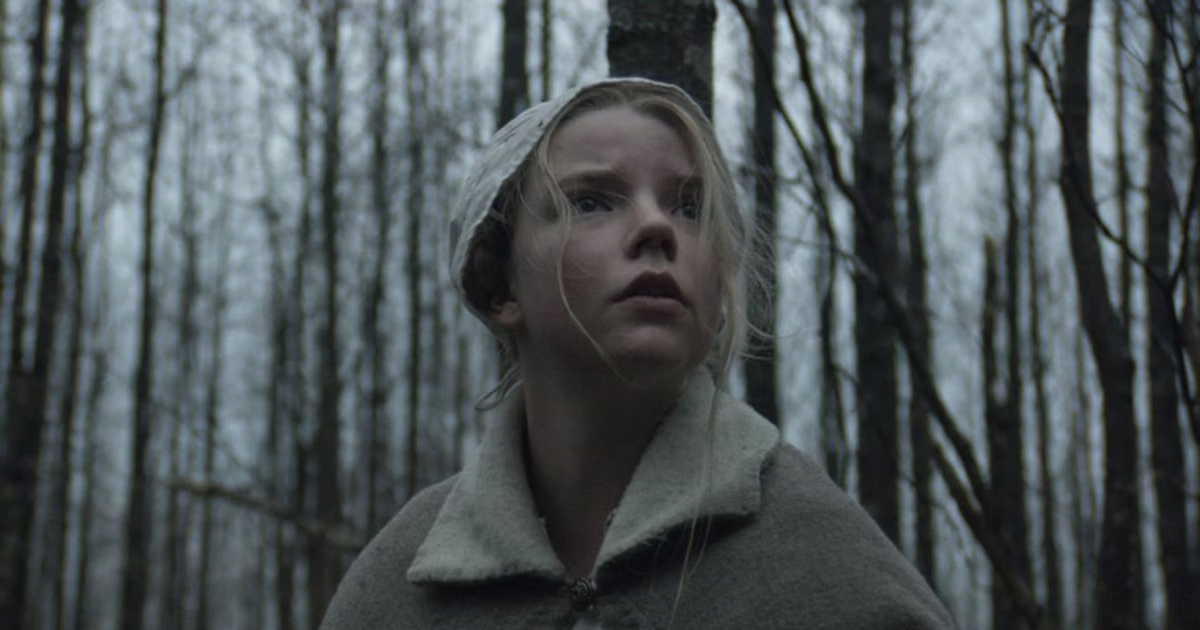What Really Happened To Jim Morrison?
For over fifty years, fans have debated what really happened to The Doors’ magnetic frontman. Now, a new film—Before the End: Searching for Jim Morrison—claims there’s far more to the story than a bathtub in Paris. It suggests Morrison didn’t die in 1971 at all, and asks the question…who is Frank?
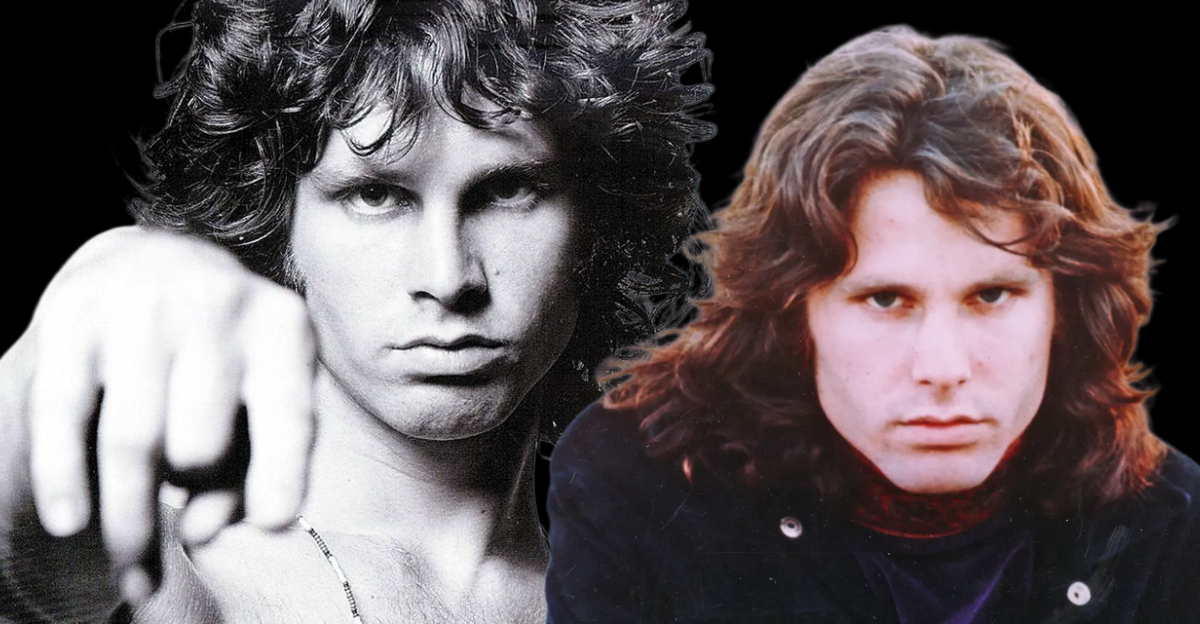
The Summer of Mystery
By July 1971, Morrison was only 27 but already exhausted by fame. He’d moved to Paris with girlfriend Pamela Courson, reportedly to escape the chaos of Los Angeles. Then, one morning, she said she found him lifeless in the bath—and the myth of the “27 Club” deepened.
 Michael Ochs Archives, Getty Images
Michael Ochs Archives, Getty Images
A City for Disappearing
Paris was the perfect hiding place. Foreign artists blended in easily, and Morrison had just been granted a quiet, tourist visa. Friends said he seemed happier, healthier, even contemplative. If anyone could vanish into the cafés and courtyards of the Left Bank, it was him.
Why It Never Quite Added Up
From the start, something about Morrison’s death felt off. No autopsy was ever performed. Only a handful of people saw the body. Even the cause of death—heart failure—was based entirely on Courson’s word. For a global rock star, that silence from authorities seemed suspiciously convenient.
 Michael Ochs Archives, Getty Images
Michael Ochs Archives, Getty Images
Enter the Documentary
Before the End: Searching for Jim Morrison is directed by longtime fan Jeff Finn, who spent decades investigating the mystery. The film combines interviews, archival footage, and alleged new evidence suggesting Morrison orchestrated his own disappearance—and may have resurfaced under a new identity.
 Elektra Records, Wikimedia Commons
Elektra Records, Wikimedia Commons
The Long Road to the Screen
Finn began researching in the late 1980s, inspired by whispers that Morrison had escaped to the U.S. Pacific Northwest. Over thirty years later, he finally released a version of his film—now streaming—with the help of Doors enthusiasts who shared his obsession.
The Man Called “Frank”
The film centers on a man identified only as “Frank,” a reclusive maintenance worker from upstate New York. Finn’s team argues that Frank’s features, voice, and mannerisms mirror Morrison’s eerily well. Even more intriguing—Frank shares the same deep love of poetry, film, and philosophy.
 Michael Ochs Archives, Getty Images
Michael Ochs Archives, Getty Images
A Photo That Sparked Debate
In 2013, a picture surfaced of Doors drummer John Densmore beside Frank. The resemblance to an older Morrison was uncanny. Densmore never clarified the encounter, and the mystery only grew. Was it coincidence—or an unspoken acknowledgment between two old bandmates?
 Joel Brodsky, Wikimedia Commons
Joel Brodsky, Wikimedia Commons
The Paris Puzzle Pieces
Multiple witnesses offered wildly different stories. Some said Morrison collapsed at home. Others insisted he died in a nightclub bathroom, not a bathtub. And because his body was quickly sealed in a coffin, even close friends couldn’t confirm it was truly him.
What the French Authorities Said
Police treated the case casually, accepting Pamela Courson’s word and signing off on the cause of death. The lack of investigation fueled suspicion. One officer later admitted, “We didn’t know who Jim Morrison was. It was just another foreigner who died in Paris.”
Pamela Courson’s Role
Pamela, devastated and defensive, gave inconsistent details in interviews. She died three years later from an overdose, taking much of the story with her. The documentary suggests she may have helped orchestrate Morrison’s escape—or at least protect the illusion.
 Estate of Edmund Teske, Getty Images
Estate of Edmund Teske, Getty Images
The Paper Trail Goes Cold
There’s no official French death certificate in national archives—only a handwritten entry in a local registry. No autopsy. No toxicology. Even The Doors’ record label received only secondhand confirmation. For a man that famous, the lack of documentation is stunning.
 Michael Ochs Archives, Getty Images
Michael Ochs Archives, Getty Images
A Poet Obsessed with Death and Rebirth
Before he vanished, Morrison often mused about transformation. “I’m interested in anything about revolt, disorder, chaos,” he said. The film interprets this as foreshadowing—a man already writing his own ending, but maybe just to begin again under a different name.
 Estate of Edmund Teske, Getty Images
Estate of Edmund Teske, Getty Images
The “Frank” Theory
Finn’s documentary claims Morrison fled to America under the name Frank X., living quietly in rural New York. Interviews describe him as polite, private, and reluctant to discuss music—except to quote Morrison’s poetry from memory. Coincidence or confession?
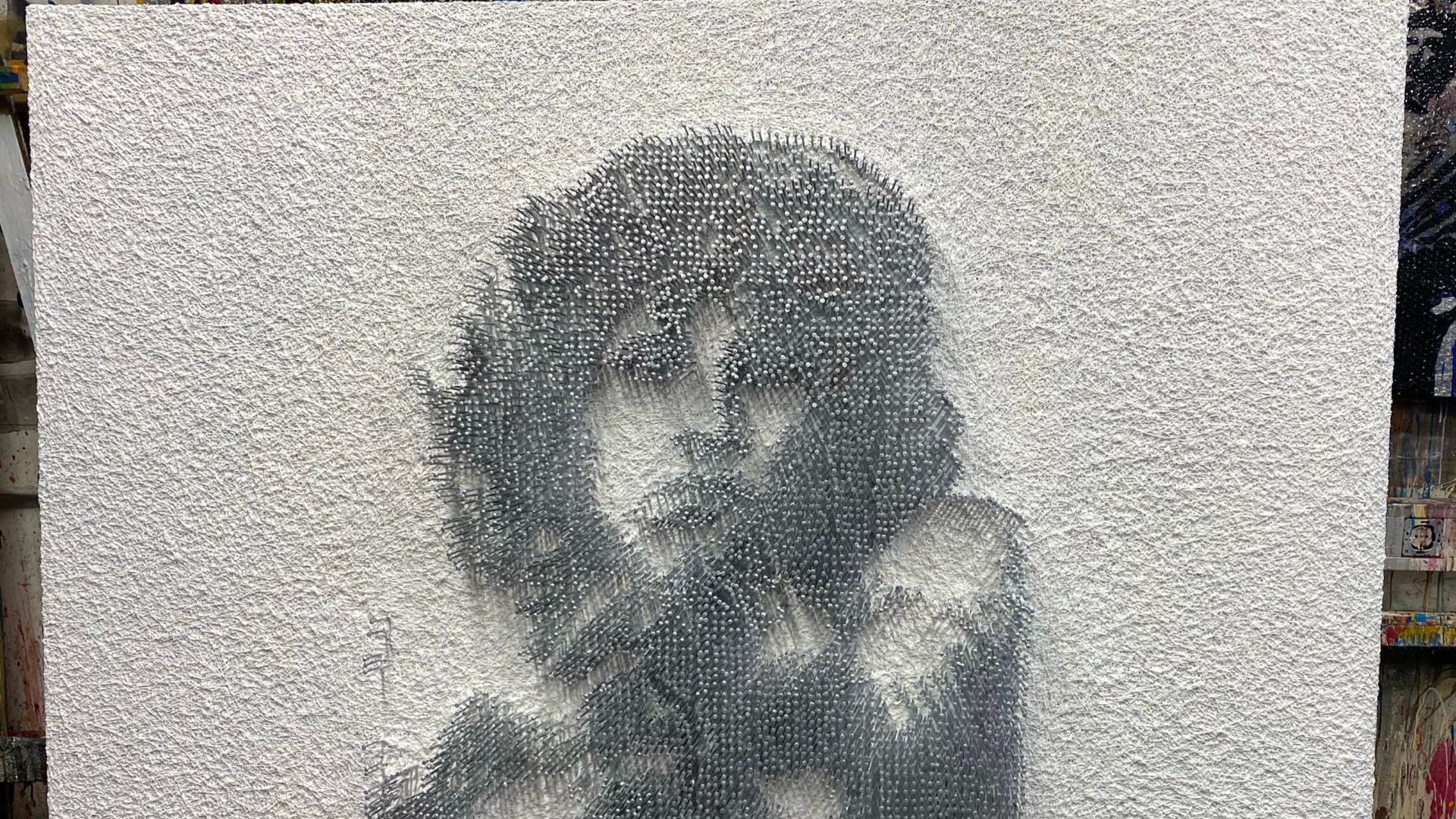 Gerard.Fechner, Wikimedia Commons
Gerard.Fechner, Wikimedia Commons
Alleged Sightings Through the Years
Rumors of Morrison sightings have surfaced for decades—from Oregon to the Seychelles. The documentary collects some of the more credible ones, including a man who claimed to have met him in 1994 at a bar, “older, heavier, but still with that stare.”
Motives for Vanishing
By 1971, Morrison was tired of being a rock god. He wanted to write poetry, not perform. The film suggests he used Paris as a launchpad—a symbolic grave for the persona of “Jim Morrison,” freeing the man behind it to finally live.
Why Fans Find It Believable
Morrison’s persona was built on mystery. He wrote songs about resurrection and escape. The idea that he might fake his own death doesn’t sound absurd—it sounds poetic. Fans argue it would have been the ultimate Morrison performance: to disappear, not die.
What Skeptics Say
Critics argue the documentary relies too heavily on circumstantial evidence. A few photos and coincidences don’t amount to proof. And if Morrison truly wanted to escape, they ask, why leave behind so many clues pointing back to himself?
The Bandmates’ Take
Most surviving members of The Doors have accepted the official story. Keyboardist Ray Manzarek once said, “If anyone could fake his death, it would be Jim—but I think he’s gone.” Still, none of them saw the body firsthand, which keeps the theory alive.
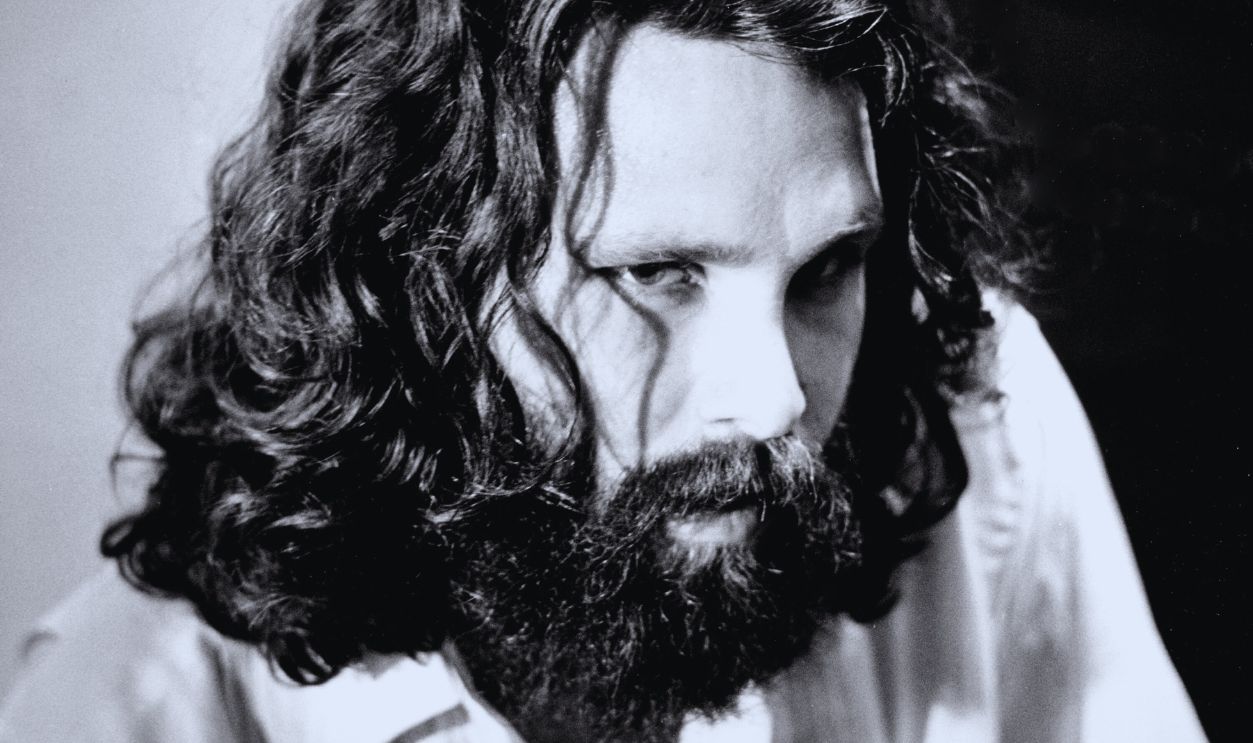 Estate of Edmund Teske, Getty Images
Estate of Edmund Teske, Getty Images
Investigators’ Counterpoints
Journalists have noted that French death records are often informal, especially for foreign nationals in the ’70s. Others point out that no credible DNA, fingerprint, or legal evidence supports Morrison’s survival. “Frank,” they argue, could just be a devoted imitator.
Why the Legend Won’t Die
Fans still visit Morrison’s grave at Père-Lachaise Cemetery daily, leaving poems and candles. For some, it’s a shrine; for others, a question mark. Every new theory keeps the legend alive, making Morrison feel less like a man and more like a modern myth.
 https://www.flickr.com/photos/ky_olsen/, Wikimedia Commons
https://www.flickr.com/photos/ky_olsen/, Wikimedia Commons
Hollywood’s Fascination
From Oliver Stone’s 1991 film The Doors to countless biographies, Morrison’s story has never faded. But Before the End is different—it’s part detective story, part love letter, and part philosophical question: how much of a legend must die for the man to live?
 Estate of Edmund Teske, Getty Images
Estate of Edmund Teske, Getty Images
The Documentary’s Tone
Rather than mocking conspiracy theorists, Finn treats the mystery seriously. He doesn’t claim absolute proof—only possibility. The emotional core isn’t about deception, but about identity, and the question of whether Morrison ever truly belonged to the world he helped create.
 Dade County Public Safety Department, Wikimedia Commons
Dade County Public Safety Department, Wikimedia Commons
The Cultural Timing
In an era obsessed with revisiting lost icons and “what really happened” podcasts, the idea of Morrison faking his death feels oddly modern. It reflects a world where truth and myth blur—and where some fans would rather believe in reinvention than tragedy.
 Michael Ochs Archives, Getty Images
Michael Ochs Archives, Getty Images
The Poetry Still Speaks
The film ends with Morrison’s haunting words: “Death makes angels of us all and gives us wings where we had shoulders.” Whether he meant rebirth or escape, it lingers like a wink from beyond the veil—a final poem that refuses to close.
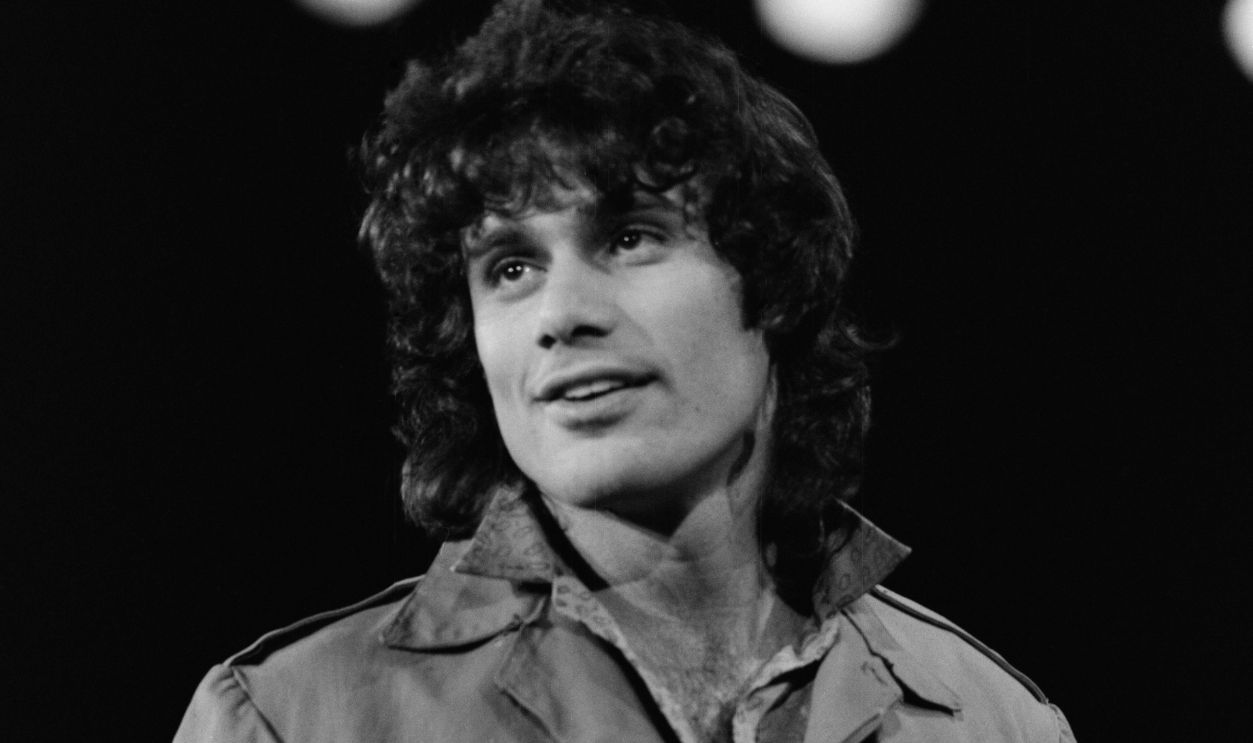 Michael Ochs Archives, Getty Images
Michael Ochs Archives, Getty Images
Final Thoughts
Before the End doesn’t prove Morrison is alive—but it makes a strong case that we never really let him die. The mystery says more about us than him: our longing for legends who slip the leash of fame and live forever in imagination.
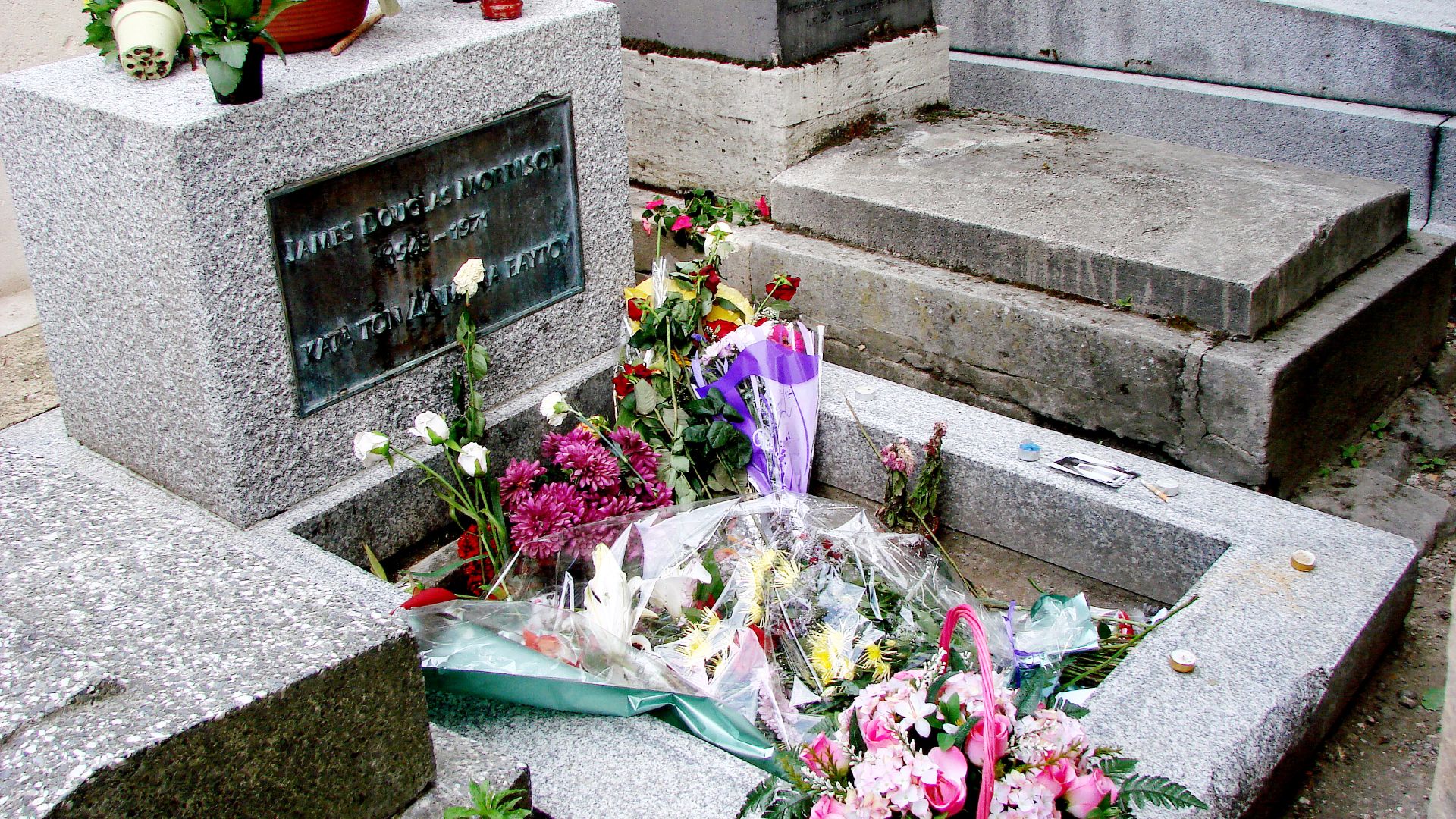 Piotr Frydecki, Wikimedia Commons
Piotr Frydecki, Wikimedia Commons
You Might Also Like:
Everyone Hears These Popular Lyrics Wrong
The Most Haunting Songs Ever Recorded

